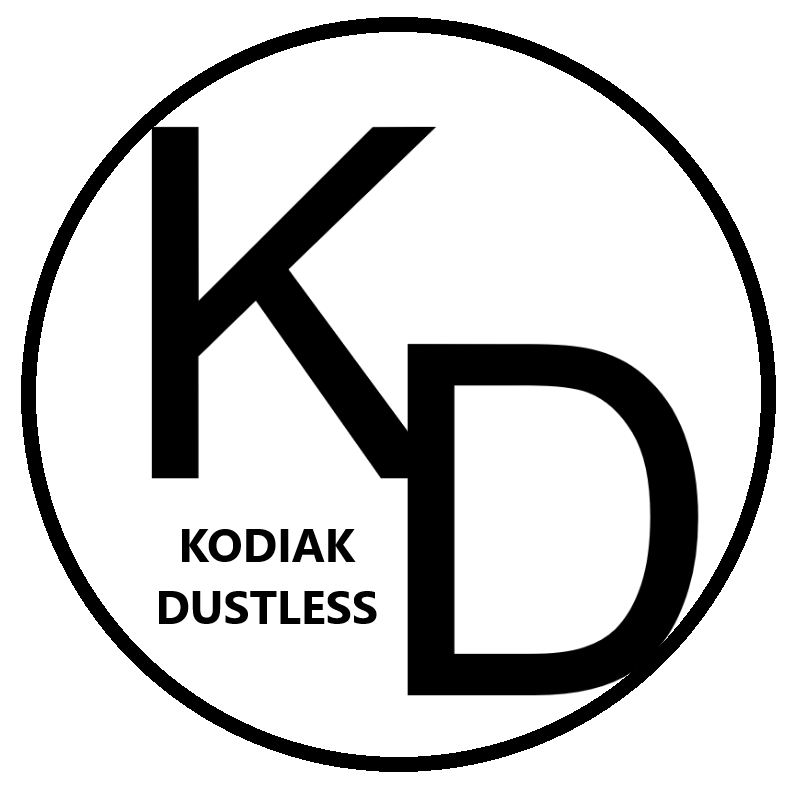
One aspect of subfloor preparation is cleaning the surface and removing dust. It is necessary to have it set up so that the bonding process may be adapted to the needs of the subfloor for your new flooring.
To bond successfully, it is essential to understand what is expected of you and the proper steps to take.
The steps can ensure the installation’s quality and the longevity of your floors. Bonding correctly comes that your floor’s aesthetic, structural, or base properties will not be compromised.
Read on to find out why bonding is necessary and how the Queen Creek Dust Free Tile removal professionals can help you get the best floor for any room in your home.
What Is Mean By Bonding?
Bonding is the process of securing flooring materials to the substrate. This includes applying an all-purpose adhesive that helps with the proper material placement.
This will guarantee that the flooring lasts long and does not degrade because of structural problems.
When the incorrect adhesive is used or when hazardous environmental conditions exist, mistakes are to be expected. Therefore, it’s crucial to comprehend the differences between proper and improper floor bonding.
Configuration Resistant to Moisture
The bonded material may let moisture from the surroundings through. As a result, the flooring’s stability and general structural integrity may be compromised because of dampness.
If this keeps happening, the flooring can enlarge and crack. Therefore, a moisture-resistant system is necessary, and part of it involves managing the humidity level in the space. If not, dampness could eventually develop into a significant time.
Pay an eye out for high dampness in the space. This may show that the glued floor will face difficulties in the future.
Complete Preparation
Preparing the subfloor is equally important as any other stage. Here, a comprehensive dust removal solution is possible. If the floor is not prepared correctly, it becomes more difficult for the flooring material to adhere to the subfloor.
As a result, removing tiles creating no dust is an excellent alternative for preparing the subfloor. It helps to clear the surface of all dust and prepares it for the new flooring material.
Keeping the temperature steady
The heat from the environment is a common concern regarding the bonding of floors. If the room’s temperature isn’t kept consistently, adhesion may suffer.
For instance, the wood may shrink quickly if the space is dry. The flooring develops gaps because of this shrinking, which causes many structural issues. An ideal example is flooring that moves or become unstable.
Longevity is the primary factor when keeping the proper temperature while bonding floors. The more the flooring material shrinks, the more difficult it is to maintain.

Get Help From Mesa Dust Free Tile Removal
The subfloor will always be adhered entirely to by floors that have been adequately glued to it.
Because of environmental changes, the adhesive won’t move and will stay anchored to the subfloor. This shows that the bonding and surface preparation was done correctly.
A creative suggestion to use an adhesive that works with the mineral base is also included. Your flooring will become unstable and challenging to maintain if you don’t. The proper bonding of a floor may make on these minute details.
To be sure you have the number one flooring company, you can Contact Kodiak Dustless or fill in the compact form for a direct reply.
You can check out customer reviews here, ‘SoTellUs’, and the for more information.
